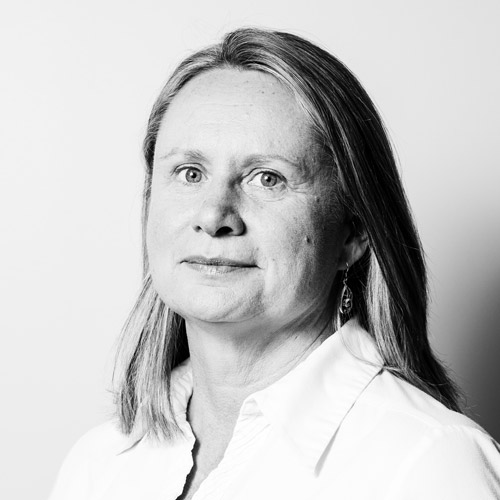In his position as CIO of the Lincolnwood, Illinois-based Symphony Post Acute Network (Symphony PAN), Mark Hartman develops and structures healthcare technology and informatics. Considered among the most innovative providers of post-acute care in the United States, Symphony PAN has its sights set no lower than number one in its field. Through better IT unity and security, Hartman’s mission is to make that happen.
What is the mission of Symphony PAN?
Mark Hartman: Symphony PAN’s and the members of Symphony PAN’s main goals are to give the best possible care they can to their residents, or guests as we like to call them. That’s the main purpose—to be the number-one provider of care.
What does supporting Symphony PAN look like?
Hartman: There’s the small stuff, the simple break/fix issues that happen every day. And then there’s all the way up to very large rollout projects, the continuing maintenance of all the technology in those facilities, and continuously looking for new technologies to help better the care and business operations within them.
How, as CIO, do you keep everything unified and operating under one Symphony brand?
Hartman: Communication is key. I think, at the end of the day, you can send out a million different emails you want. You can have a lot of different memos. You can have policies and procedures. You can have a lot of paper, but sometimes you just have to pick up the phone, and I think that’s the key to anybody in a position like mine, or any other managing executive.
You have to sit down with as many people as possible and make sure that everybody’s on the same page, everybody’s seeing it the way you hope them to see it, and that the mission is the same. I think as long as you continue to cultivate that and make sure that you’re having those meetings—talking with those people, picking up the phone, not just relying on an email to communicate the context in which you’re trying to relay the message—I believe that you will get a much better sense of organization, a lot more positive outcomes, and just an all-around better environment for productivity and business.
A big part of your job is IT security. What is your philosophy when it comes to keeping Symphony as safe as can be?
Hartman: You know, I’ve seen a lot of it lately brought up in the mainstream more than when I started out, and it’s because everybody’s pretty much under attack. There’s really only so much you can do about it. You have people that have unlimited resources to really hurt you and have nothing to lose in a lot of ways, other than being caught. And a lot of them, I think, are in spaces where it’s almost impossible to catch them, and so as a result, you have to do it the best that you can. But I think that you also have to be careful that you’re not overdoing it, because at some point, you’ve got to recognize that just about anything you put in front of them, they can get past.
My philosophy so far has been to do the things that are the appropriate measures of security for the healthcare industry, especially from a HIPAA standpoint. Try and follow that to the absolute—if not more so—but to not find yourself in some sort of a severe money pit, just throwing dollars at a bunch of different software that could do a bunch of different cool things to help bolster your security.
I think that would be a very large mistake by any company to put too much money into security because, at the end of the day, there’s no such solution that can keep the bad guys totally away, and so you have to be very careful as a business to put what is necessary—to try to go above what is the norm as much as you can, but not to go too far, where suddenly you’re paying an astronomical amount of money to security vendors to do a lot of different cool things, but ultimately aren’t really making you that much safer.
“Healthcare in the past, in a lot of ways, has been more reactive than proactive.”
Some recent news out of your department is that you are working on building a SharePoint environment for data analytics that will be ready by the end of this year. Can you elaborate on what you’re doing there?
Hartman: Since we’ve had electronic medical records, we have a lot more of patient information in the actual data, and as a result of that, we can take that data and look at it in a multitude of different ways using certain tools, like SharePoint, that will allow us to find places to improve even more. Healthcare in the past, in a lot of ways, has been more reactive than proactive.
A patient, not just in our space, but a patient would come to a doctor and get a checkup, and there would be a reaction to it, and then the patient would go home. Whereas data has allowed the healthcare industry to see patterns, to see more of what works for more people, to tell them, “Now that you’ve completed your checkup and everything looks good, here are some proactive things you can do to make sure that you’re maintaining your health.”
What we’re trying to do is be a little more proactive, where we can have the data put in a way where we can see patterns, we can see things that we may not have noticed before that would allow us to change the way we provide care, to prevent things in the future, prevent rehospitalizations or negative outcomes. That is what these analytics will allow us to do. AHL
